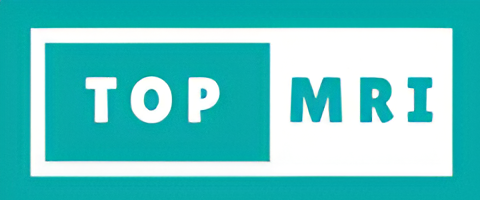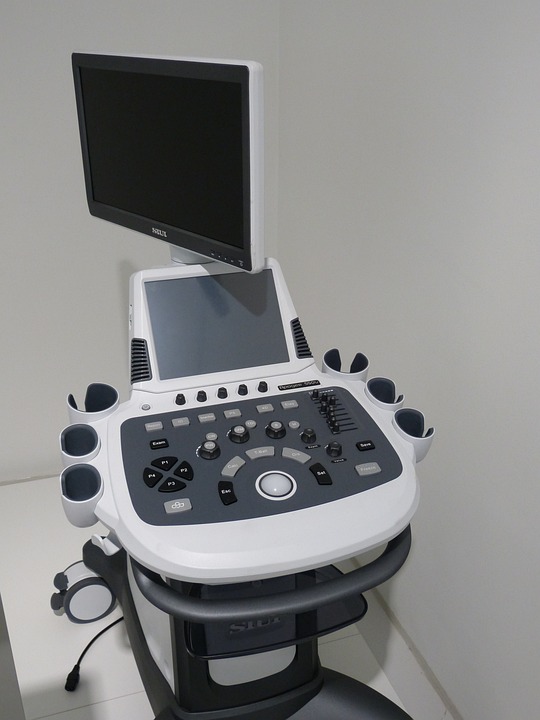
Gallstones – Gall bladder Ultrasound
Ultrasound is an imaging technique that allows the doctor to see the pictures of the organs and the soft tissues present inside the body. It provides a real-time image by using sound waves and helps the doctor to diagnose the condition of the patient.
A gallbladder ultrasound is a non-invasive test that helps the doctor to determine conditions related to the gall bladder. It does not use radiation.
Gallstones are made up of crystallized bile that is stored in the gallbladder and produced by the liver. Through the bile duct, the gallstones are secreted in the bowel and help to digest the fat. Cholecystitis is a condition in which there is a blockage in the bile duct or the gallbladder that causes pain and inflammation. Though, some gallstones do not show any symptoms.
What are the symptoms?
- Pain in the right shoulder
- Nausea or vomiting
- Sudden pain in the center of the abdomen
- Sudden pain in the upper right portion of the abdomen
- Pain in the back between the shoulder blades
What are the causes of gallstones?
- Cholesterol level is high in the bile
- Bilirubin is high in the bile
- The gallbladder does not empty properly
Why is a gallbladder ultrasound done?
- To test for gallstones
- Cholecystitis
- Gallbladder cancer
- Gallbladder empyema
- Gallbladder polyps
- Porcelain gallbladder
- Gallbladder perforation
- Pain in the upper right portion of the abdomen

Types of Gallstone –
Cholesterol Gallstone: These are yellow in color and are mainly composed of cholesterol that does not dissolve.
Pigment Gallstone: These are dark brown or black in color and are formed when the bile contains bilirubin.
What are the complications involved?
- Gallbladder cancer
- The pancreatic duct may get blocked
- Common bile duct may get blocked
- Inflammation of the gallbladder
How can it be prevented?
- You should not skip your meals
- You should lose weight slowly
- Maintain a healthy weight
- Eat food that is high in fiber
What are the risks involved?
- If you are a female, and 40 years or older
- If you are pregnant or overweight
- Taking a diet that is low in fiber, high in fat and cholesterol
- You have diabetes or a family history of gallstones
- If you have liver disease or have a certain blood disorder
How is the gallstone diagnosed?
- Abdominal CT
- Abdominal Ultrasound
- Magnetic resonance cholangiopancreatography (MRCP)
How are the gallstones treated?
- Endoscopic retrograde cholangiopancreatography (ERCP)
- Percutaneous transhepatic cholangiography (PTC)
- Cholecystostomy tube placement
Takeaway –
If you feel you have any symptoms related to gallbladder stones, you should consult the doctor immediately. Get the tests done and take the diet as prescribed by the doctor.
Sources –
https://www.mayoclinic.org/diseases-conditions/gallstones/symptoms-causes/syc-20354214
https://www.healthline.com/health/gallbladder-ultrasound#diagnosis
https://www.radiologyinfo.org/en/info/gallstones